Note: The header image is the EF 400mm f/4 DO II
I have visited several popular international wildlife photography locations in the past few months. To get right to the meat of the matter, what struck me most while talking to other photographers along the way was the almost complete lack of Canon users. I couldn’t tell you how many wildlife photography enthusiasts I spoke to–it was a lot–but I can tell you how many were holding a Canon camera. One. One single photographer with an R5 and the RF 100-500mm lens. The Nikon Z8, Z9, and Sony a1 were everywhere, including in my hands. I even saw more Olympus, sorry, OM-System cameras than Canon. What the heck happened to Canon in the wildlife photography market?
Don’t get me wrong; I’m not confusing a lack of Canon wildlife photographers with some overall Canon downfall. I don’t doubt Canon’s sales figures; they are still number one in the mirrorless market by volume. Still, it’s a marked difference from ten years ago when most people I met in the field held a Canon DSLR, usually with a big white lens.
Thinking more about this as I sip a morning coffee here in the Yukon, I can probably answer my own question. I have Canon, Nikon, and Sony kits in my cupboard. How many times have I chosen my Canon kit for a big wildlife trip in the past few years? Not one.
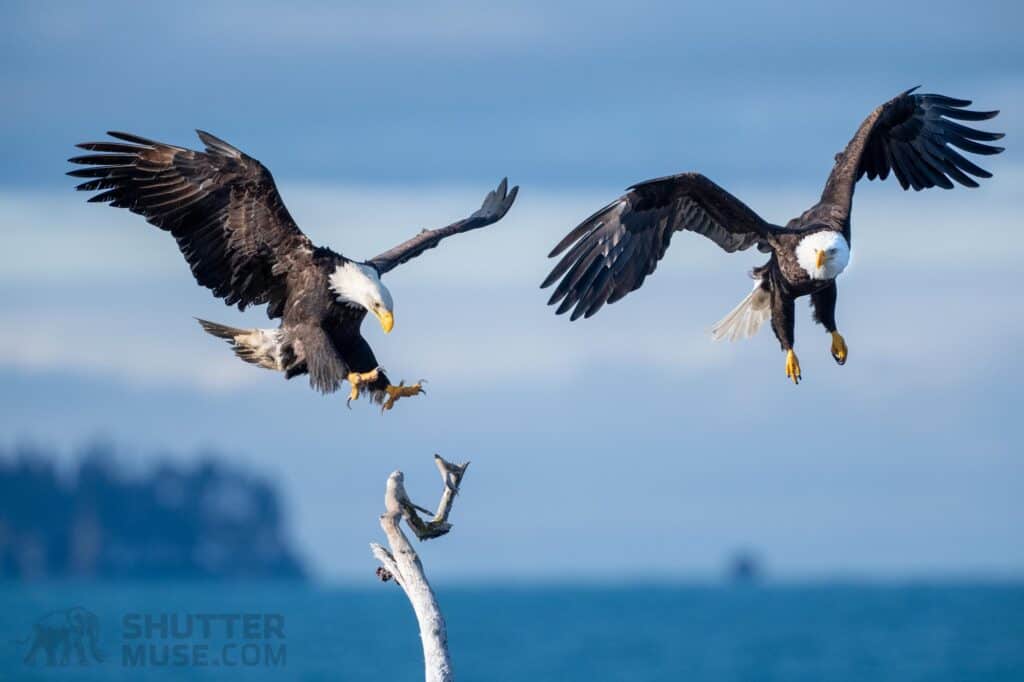
For wildlife photographers, lenses are just as important, if not more important, than the camera. Sony’s popularity among wildlife photographers grew immensely with the 200-600mm lens launch in 2019 and the bird/animal eye-detect AF in the Sony a1. Now, the 300mm f/2.8 GM lens is blowing people’s minds with its teleconverter performance. Then you have Nikon, which has completely turned its Z lens catalog around in the past two years, offering the strongest lineup of telephoto lenses of any brand: 180-600mm, 400mm f/4.5, 600mm f/6.3, 800mm f/6.3, and 400mm f/2.8 and 600mm f/4 lenses with built-in teleconverters—something for everyone.


What has Canon done that might interest wildlife photographers? I own the Canon RF 200-800mm f/6.3-9 IS, which is not a bad lens for the price. If your lens budget is $2000, this does a decent job and competes pretty well with the Sony 200-600mm and the Nikon 180-600mm at the same price, although it’s still my least favorite of the three.


Between that price point and the RF 400mm f/2.8 and RF 600mm f/4 sits the RF 100-300mm f/2.8. The problem with this lens for wildlife photographers is the high price for a lens you will almost always use with a teleconverter. That and the fact that it weighs 5.7 lb. Add both teleconverters to your bag, which you would need, and now it weighs more than the RF 400mm f/2.8 and is barely any cheaper. If your budget is infinite and weight is of no concern, use the 100-300 alongside the 600mm f/4. That’s a killer pairing. But I don’t see the 100-300 as a good single-lens option or anything you would call lightweight. What about a Diffractive Optics 400mm, though? Could this be the lens Canon needs to entice a few more wildlife photographers back to its ranks?
The Rumored RF 400mm f/4 DO
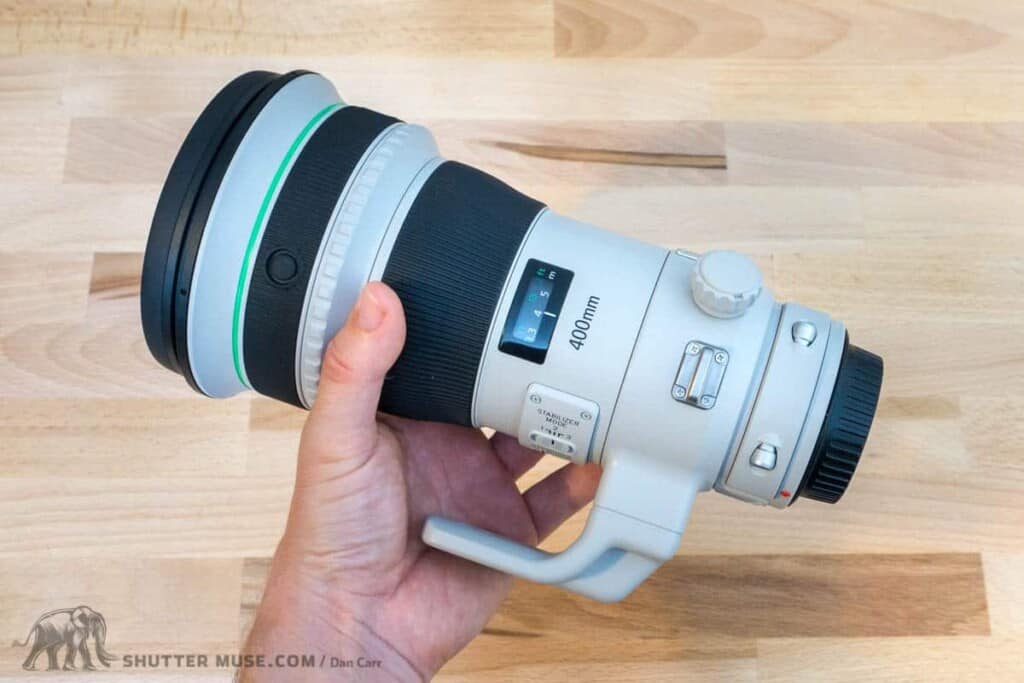
Canon Rumors has forecasted an RF 400mm f/4 DO lens will join the RF lens lineup in late 2024. Lens release timelines seem to slip a lot these days, and since we still haven’t seen the also-rumored 200-500mm f/4 lens, I would not be surprised to see the 400mm slip to 2025. I owned and loved the EF 400mm f/4 DO II, but I now wonder whether such a lens will be relevant in the current lens market.
During the DLSR days, the EF 400mm f/4 DO, and subsequent EF 400mm f/4 DO II lenses were useful in the Canon EF lens lineup because they weighed less than the Canon EF 300mm f/2.8 lenses. Paired with a 1.4x teleconverter, they were a great 560mm f/5.6 option for those who wanted to travel with less weight than the EF 400mm f/2.8 or EF 600mm f/4 lenses.
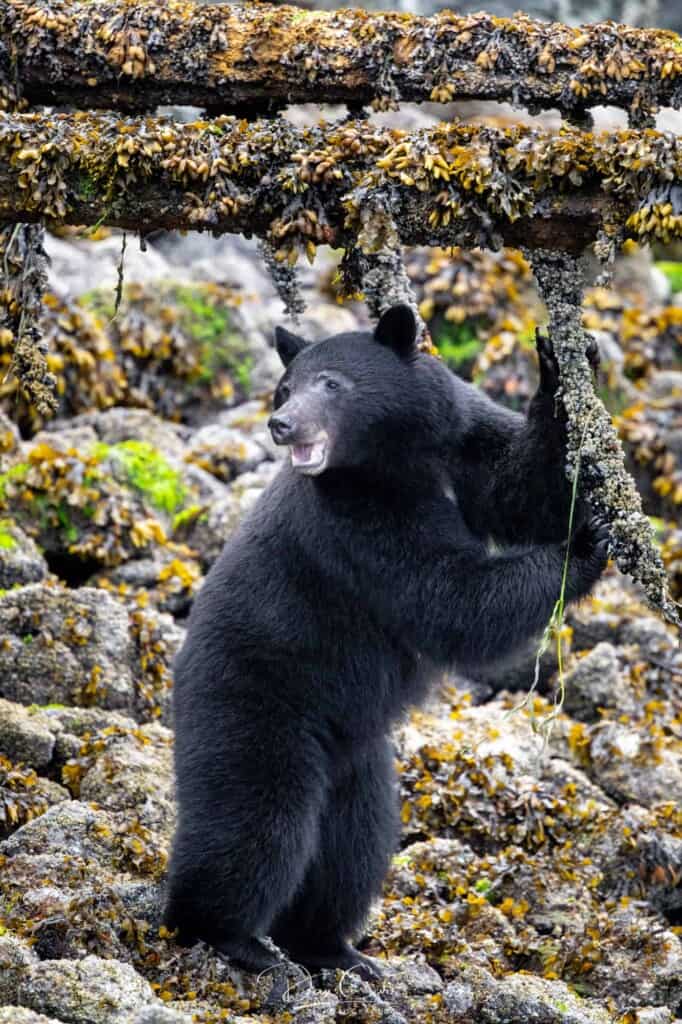
Lens technology has moved on, though. DO elements are no longer a requirement to create a lightweight lens. The EF 400mm f/4 DO II weighed 4.63 lb (2.1 kg), but now, Sony has a 300mm f/2.8 lens that weighs just 3.2 lb (1.47kg). Any RF 400mm f/4 lens must come in around this same weight to have a shred of relevance amongst the growing number of wildlife photographers whose eyes have been opened to the possible results with Sony and Nikon’s lighter-weight telephoto lenses. I don’t doubt that Canon could hit that weight target, but what would the weight-saving materials do to the cost?
The Canon EF-mount 400mm f/4 DO II lens still sells for $6900, and I can’t see Canon launching an RF version at a lower price. When Nikon’s burgeoning wildlife photography community is already out there enjoying the tiny Nikon Z 400mm f/4.5 VR S for a mere $3000, how would Canon justify a $3900 price difference for a mere 1/3rd stop max aperture gain? Moreover, Nikon’s miniature 400mm lens doesn’t even use DO elements (Nikon Speak: Phase Fresnel) to reach its remarkable 2.7 lb (1245 g) weight. This keeps the costs down and avoids the strange bokeh characteristics that can crop up in certain situations with DO/PF elements.
Don’t get me wrong; I want Canon to fill this gap in their telephoto lineup with something because I want more reasons to get out there with my Canon cameras. Looking at my Sony and Nikon telephoto-heavy lens collection and because I owned the old EF 400mm f/4 DO, I must be Canon’s target market for an RF 400mm f/4 DO. Yet, I am skeptical that they will deliver anything that will entice me to spend a high 4-figure dollar amount. Is anyone else feeling this way? Or do you think they will surprise everyone and deliver it at a more reasonable price point than I expected?
And the RF 200-500mm f/4?
Should we also discuss the upcoming (heavily rumored) RF 200-500mm f/4? If the 100-300mm is anything to go by, this lens seems destined to be priced incredibly high ($14,000+ would be my guess if they are charging $9500 for the 100-300mm) and weigh far more than other telephoto options. It also sounds like that lens will fill the gap historically occupied by a 500mm f/4 prime. Is Canon tone deaf? Why wouldn’t they make an ultralight 500mm f/4 prime when the market calls for lighter, more portable lenses? And when the competition is knocking it out of the park with an array of sub-$6000 lenses?
Again, I owned the predecessor, the EF 200-400mm f/4, so I should be the target market for this lens. But I sold that lens to move on to something much lighter. I may yet be interested in a 200-500mm lens, but I’m very much in the “wait and see” camp. On the other hand, if I’d heard rumors (I have not) of an ultralight 500mm in the works, I’d already be readying my credit card, as I’m sure other wildlife photographers would be. Just look at the reception Sigma’s ultralight 500mm prime just received at launch! But you can’t get that lens with a Canon RF mount because… Canon. *sigh*

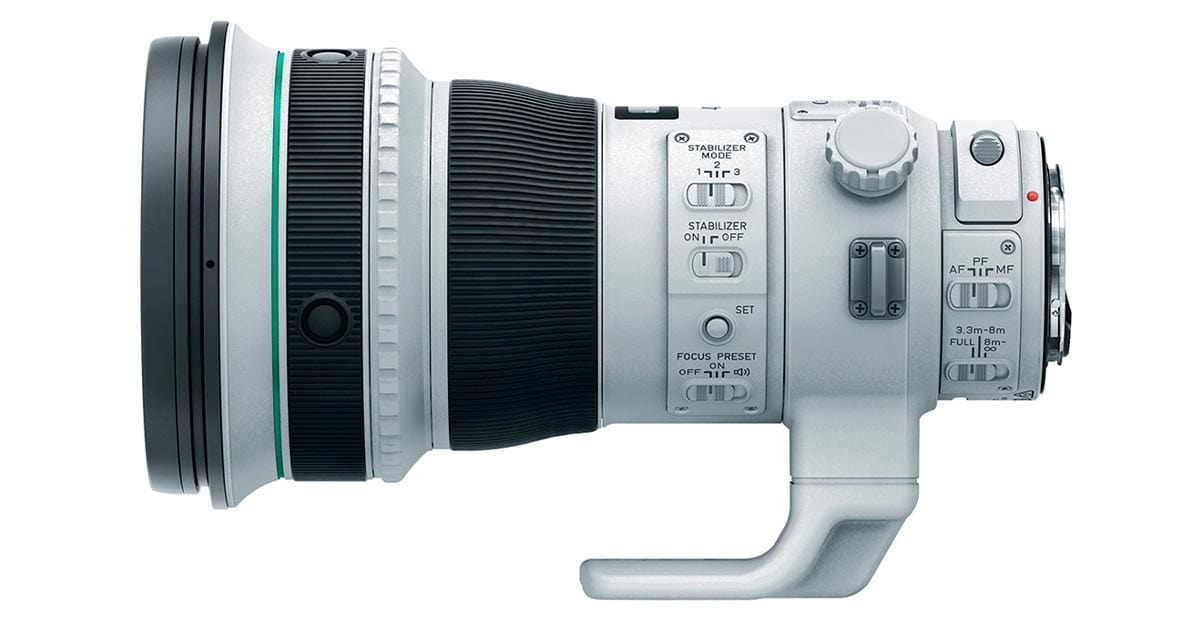
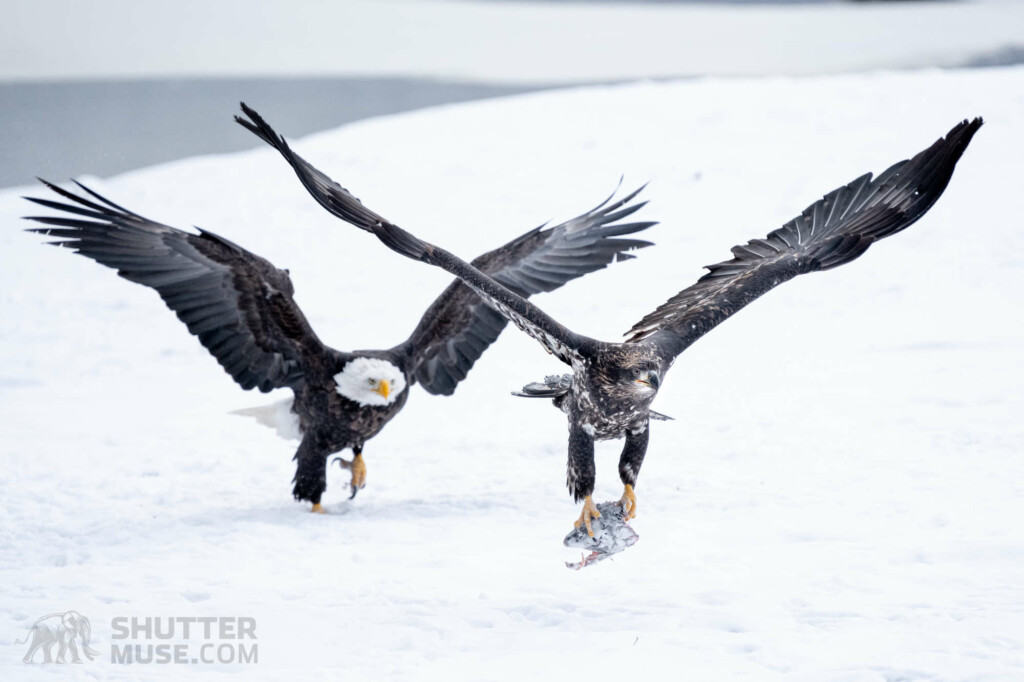

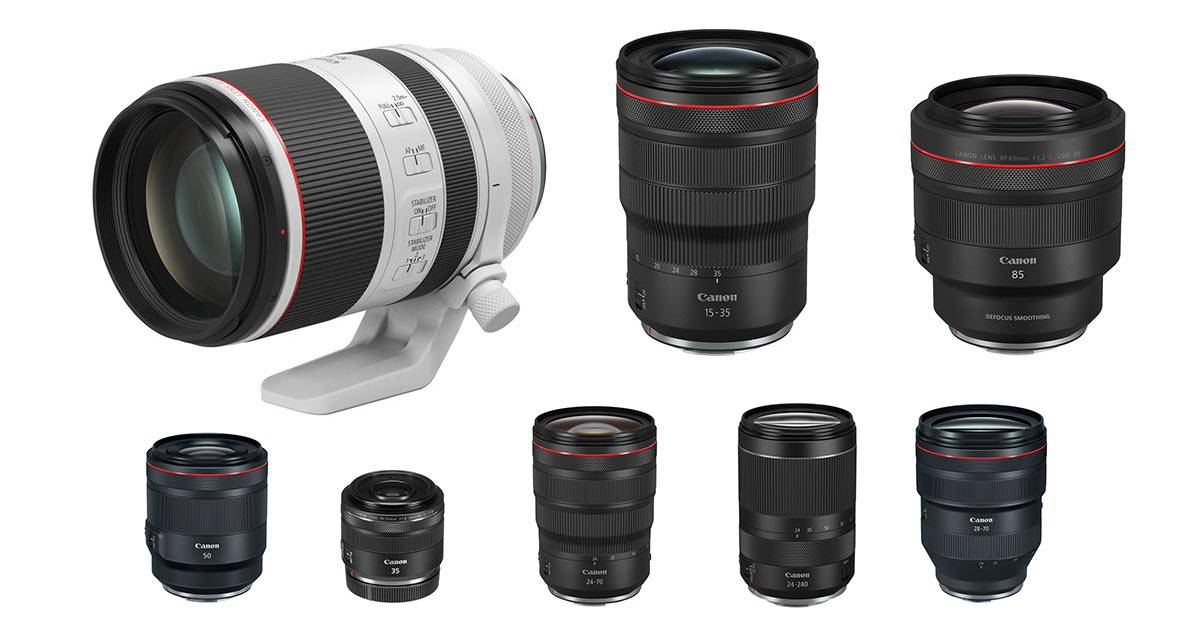
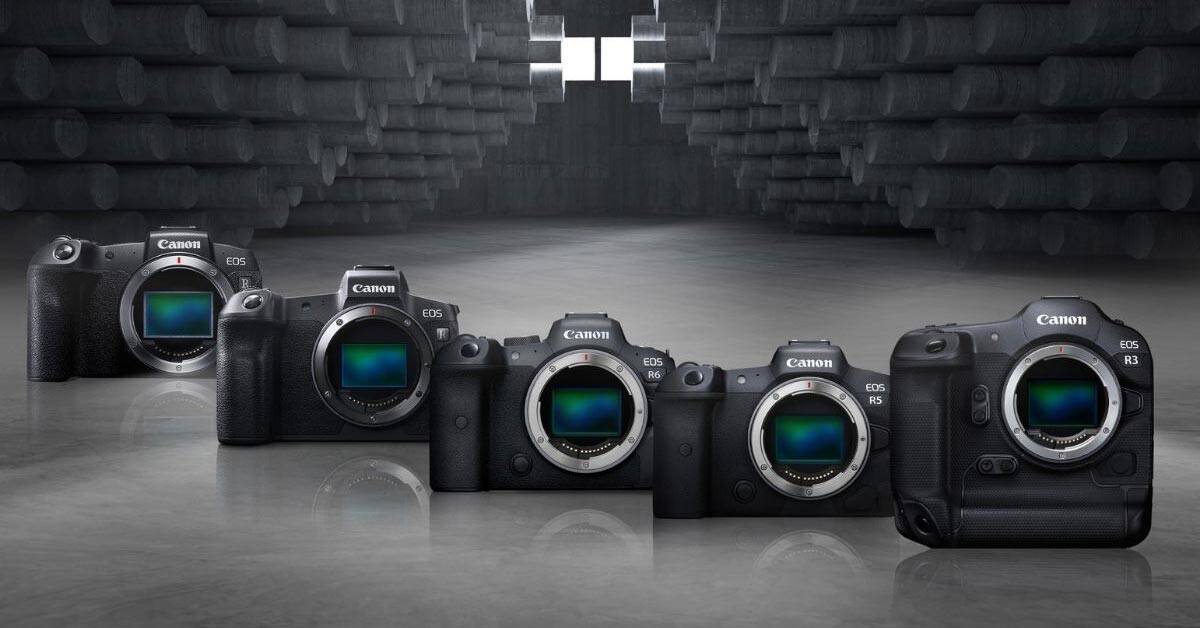

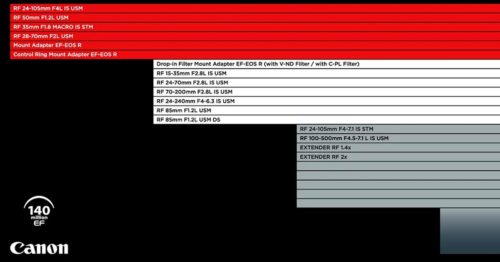
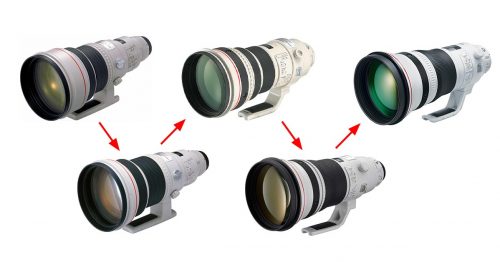
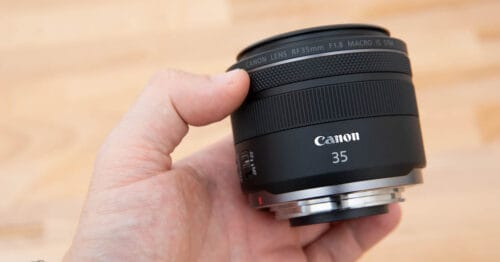


You nailed it, Dan. I’ve been sorely disheartened by Canon about this very issue, for these very reasons. I’m an R5 wildlife shooter and my most important fieldtimes are in the African bush — accessible only by small planes and minimal luggage weight. My wonderful old EF 500mm f/4 alone puts me over the weight restrictions. So what’s an R5 body to me without modern, competitive lenses? Little more than a brick. I’ll be switching to Nikon over the coming year.
Hi Michael. Thanks for taking the time to add your thoughts and experiences. It is valuable to hear other voices.
I’m not sure Canon realize, or care that they are losing this market. They seem quite happy to go for the lower-end of the wildlife photography market with the 200-800mm. Had they made that a 200-600mm with a wider aperture at the long end than the 200-800mm, essentially a like-for-like with the Sony or Nikon options, I think it would have helped. I don’t expect to see many pros or highly enthusiastic (and wealthy) amateurs with the 200-800mm. Conversely, the Sony 200-600mm and Nikon 180-600mm lenses do seem to interest at least some of that group. At least as a second lens option. I have both those lenses and enjoy them far more than the Canon 200-800.
When you switch to Nikon, feel free to email me with any questions before your purchases. I have been having a great time with Nikon gear in the past few years and would be happy to share my thoughts if they aren’t already covered on the site. I suspect that you could probably buy a Z8 and a lens for the same price or less than the rumored 400mm DO!
Cheers.
Thanks, Dan. Again you’re right on target: neither Canon’s 200-800mm nor its 100-300mm will suffice. Thanks also for your offer of assistance! Best regards — M
A very thoughtful and interesting article. At my time of life I am unlikely to switch from Canon but that is not to say I am not tempted by the offerings from Nikon and the others you mention. I too have been through the cycle of a 500 f4 with a 7Dii and then a 5d4 but eventually the weight issue became to much and I switched to a 400 DOii, which I still own although most recently used with an R5 and thoroughly loved. I have recently bought a 200-800 which I do enjoy for its versatility, I now fret about what to do with the 400 DOii! It will probably stay with me as a very good 400mm, would I consider investing £6000+ in an RF version, I doubt it. Given the lack of affordable alternatives with the reach I hanker for, perhaps I should reconsider my position on a switch!
Thanks, Stuart. I’m not entirely advocating the sale of your EF 400 DO II, but I can’t help but wonder how you’d get on with a Nikon Z8 and their 100-400 and 600mm PF lenses. A killer combo. While I don’t actively dislike my Canon 200-800, it is quite heavy still. It’s a different kettle of fish when I use my Z8 and the 600mm PF. I can walk all day with that thing and handhold it till the cows come home. It gives me the same smile I used to get with my old EF 400 DO II. It might at least be worth renting for a day from WEX to see how you get on.
Thank you for that, it induced me to look at Jan Wegener’s review of that combo, I wish I hadn’t!! This hobby should definitely come with a health (or wallet) warning! Not sure if I dare try renting the Z8 and 600mm.
Haha! Sorry. Jan always does a great job. Love his channel. I do remember he was particularly pleased with the 600mm f/6.3, to the point where he was considering buying a Z8 just to have with that lens.
Hi Dan,
I have a suggestion/question: Do you think you could contact Canon with this article attached and ask them for their opinion regarding Canon lenses?
Regards,
Lubomir
I wish it were that easy to contact any of the camera companies. Unfortunately, it is not!